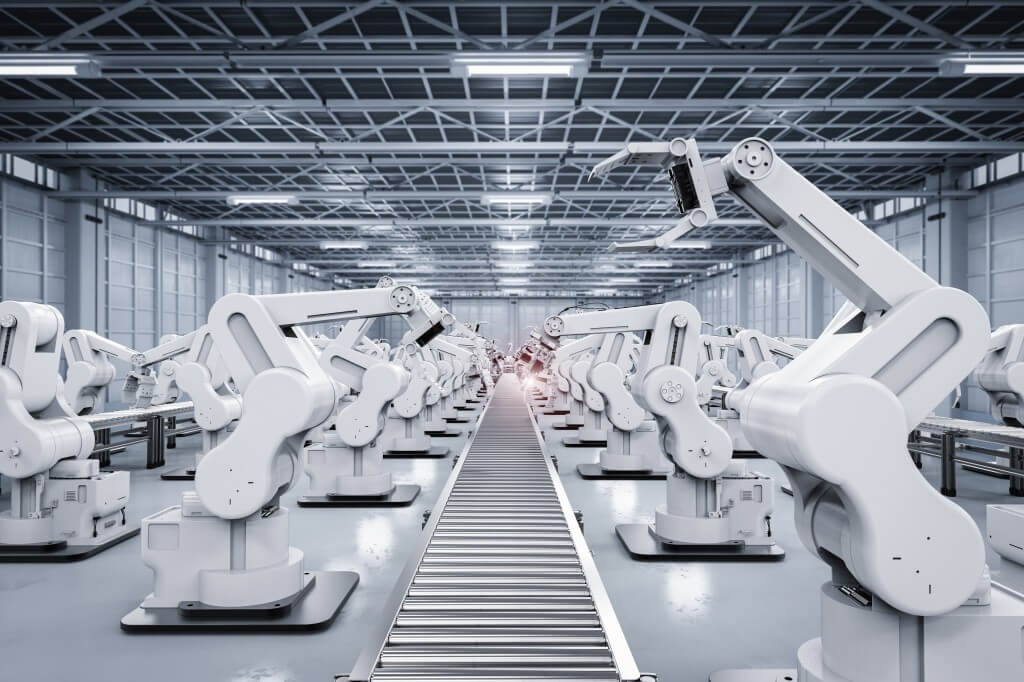
I cherish theme of the films “Taken”. This is an excellent idea that you could be the coolest guy on earth, coolest as cucumber even when there is a special skill set already embedded in you, in such case there is a peace of mind if you know about the future.
This is true, I am not Liam Neeson nor I am his character called Bryan Mills, but I realize that I am overloaded with the so much information regarding manufacturing that even cheap writers can`t help. I can foresee about the current situation and can predict what will occur actually in near or later future regardless of the global concern and hand-wringing in the news. As per my anticipation, we have an amazing plan of time. In that amazing plan of time, I trust we have five, perhaps (symbolic) 10seconds to align our future, very important 10 seconds.
Following are the four things that would likely to occur, and what manufacturing gurus ought to do about it.
- Decimate Your Supply Chain
Unquestionably, you have developed a rundown of potential vendors throughout the years, however, if you manufacture items with heaps of parts, you will get significantly less soon.
As indicated by Michael Gravier, a professor of marketing and SCM at University of Bryant, Rhode Island, “Actually three dimensional 3D printing methods an incredibly disentangled, exceedingly responsive, and endlessly adaptable production network satisfies the order.”
With the help of 3D printing, entire assembly part and all of its departments come to a single unit. There is possibility when you need to utilize a 10 times minimum parts that go with your items as you first assume, yet here are two or three instances of 20:1 decreases and even that may end up being modest.
That means developing further healthy relationships with minimum partnerswho co-situate with your business operations. These more profound relationships will begin at plan as these “uber parts” will be unpredictable and should be extraordinarily exact.
What to Do: Start figuring out that what type of organizations have or will have the ability of profound bonding together with you in designing your cutting edge futuristic products. You really need to try new items which would supplant part groups in specific products.
- Read Your Customers’ Minds
In recent times physical products are comparatively easier to manipulate than in the past, clients are looking for expanded customizations. Scholastic discussion of the expanded tail turns out to be genuine, because now we have innovation and technology to do this task. Also, product cycle get shorter hence no need of three layered circulation system become obsolete.
For example in bottling industry 30% of the alcohol distributed through single merchant. This implies liquor produced using potatoes, wheat, corn or grapes and water, is transported by gas or fuel and battery drained trucks everywhere across the country and globe. We do not know how far this will sustain, because we have created a world where manufacture can approach its potential customers directly from any base.
In this modern competitive world, you likewise shouldn’t trust that the retailer will advise the merchant to then let you know, the producer, what sort of changes a customer really seeks in some faulty game of phone. If it happens, you’ll be long bankrupt. You shouldn’t approach this next step of ride with a product approach; you’ll be dead. Concentrating on value actually instructs that you desperately need to know your customer’s needs.
What to Do Now: Review your strategy and think how you can get instant latest information from your customers about their requirement. If you are using Amazon or Walmart platform to sell anything, you should well aware of customers’ needs on these platforms of the modern world. Reconsider the map through which your products will approach your clients and eliminate tiers of distribution. Focus on the product management in innovative tech organizations. At that point rethink the role of brand or brand ambassadors with a significantly more information driven methodology to figuring out clients’ need. Make driving pointers of enthusiasm through constrained product testing and eliminating slacking indicators of what you offered.
- Factories Will Shrink to Home
As technology automation expands, industry innovation turns out to be increasingly adaptable, and 3D printing limit your inventory network, your processing plants are going to recoil. No need to look out for shoddy workers around the world and you will put these shops close to the business sectors they serve. This transition even started before development of 3D printing.
As per HBR (Harvard Business Review) “It has been observed in 2004 that labour cost at east shore of China was around 15 percent less, by and large, than in America. Then this gap become down to 1% point.
Along these lines, the labour cost never again a main factor. It additionally won’t bode well to utilize fuel or vitality to move materials incredible separations from incorporated locations, even if they are delivered direct to the customer, when the industrial facilities are little, adaptable and situated close to the markets they serve. Without a doubt, people are foreseeing a universe with unlimited power in the future, maybe from the sun. For unlimited electrical power supply we need tremendous power storage facilities. Since grid size batteries are still not came into being so it is hard to predict its availability in the near future.
What to Do Now: To move the pack fore forward, you have to bundle up the information from your current industries and test reinventing what you do in a small, progressively agile impression.
- Find the Talent You Need
At the smaller industrial units you can find maximum automation and flexibility to meet the satisfaction of more extensive diverse variety of customers. This implies you’ll require real and capable people to work, maintain and reconfigure this machinery that goes up to the mark beyond programming. I have observed from large number of scholastics and attended conferences at the World Economic Forum over the previous year to realize that scholarly world isn’t adapting to present challenges. You should pull in and educate these individuals yourself.
As indicated by the National Association of Manufacturers, there are about 5 million vacant jobs (as of October 2018). Believe it or not, you are going to end up a tech organization, and you need to respond in the same manner. This implies making extraordinary jobs that aren’t in damp stores, however in perfect, well furnished clean and tidy offices with ergonomic workstations. It implies expanding human resource with the capacity to get instructions, collaborate, and gain knowledge from mobile or wearable gadgets. It implies turning your present hiring policies on their heads and beginning from zero.
What to Do Now: Identify the exact roles of machines and job descriptions for the human capital of your organization, this is what will drive your outcomes. Learn from the best in class display in Germany and Singapore. Also visit any Caterpillar plant near your location, and start reconsidering your business plan. We must envision everything involved from recruitment of talented people to an effective and healthy work environment, also the technology which will supports overall.



